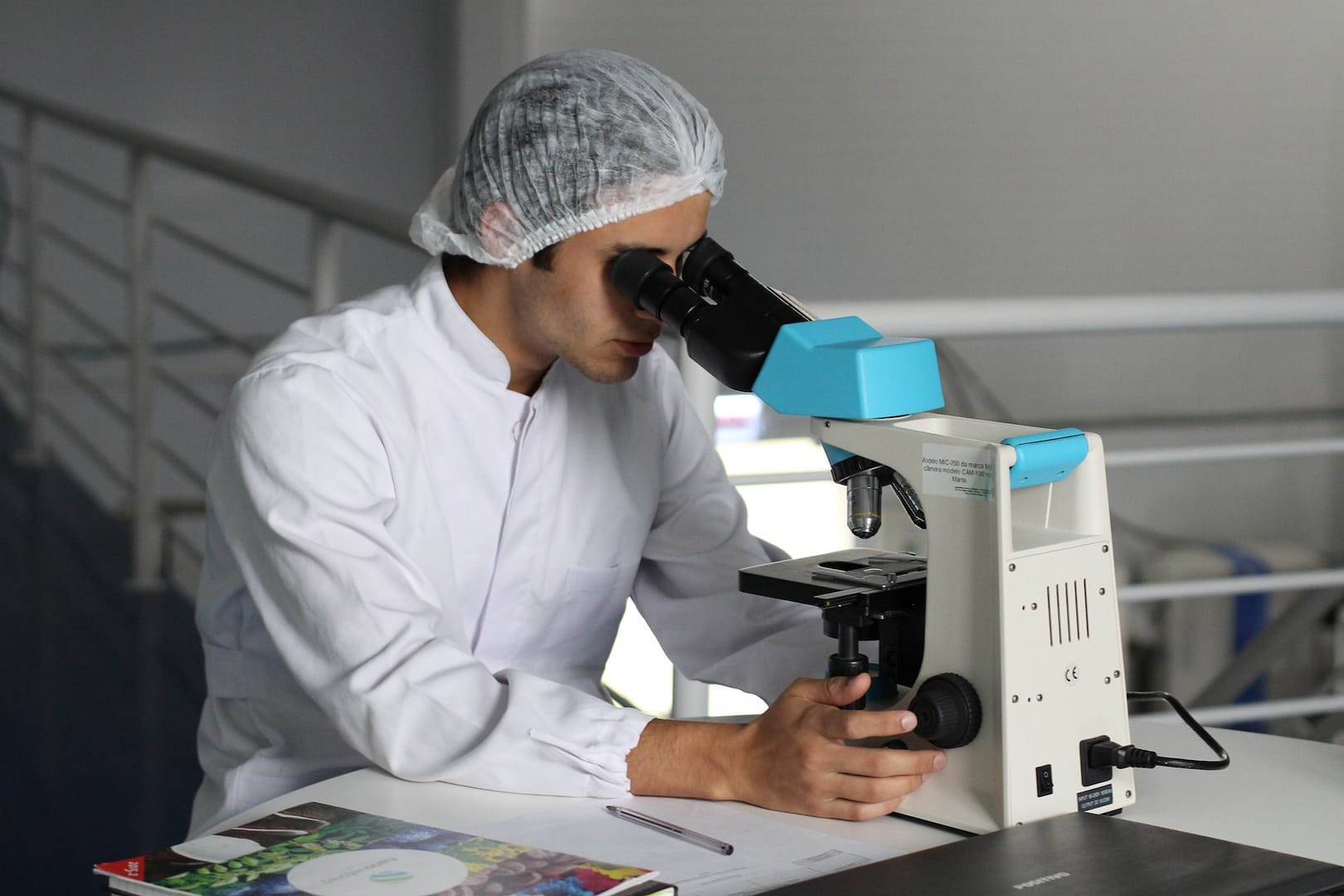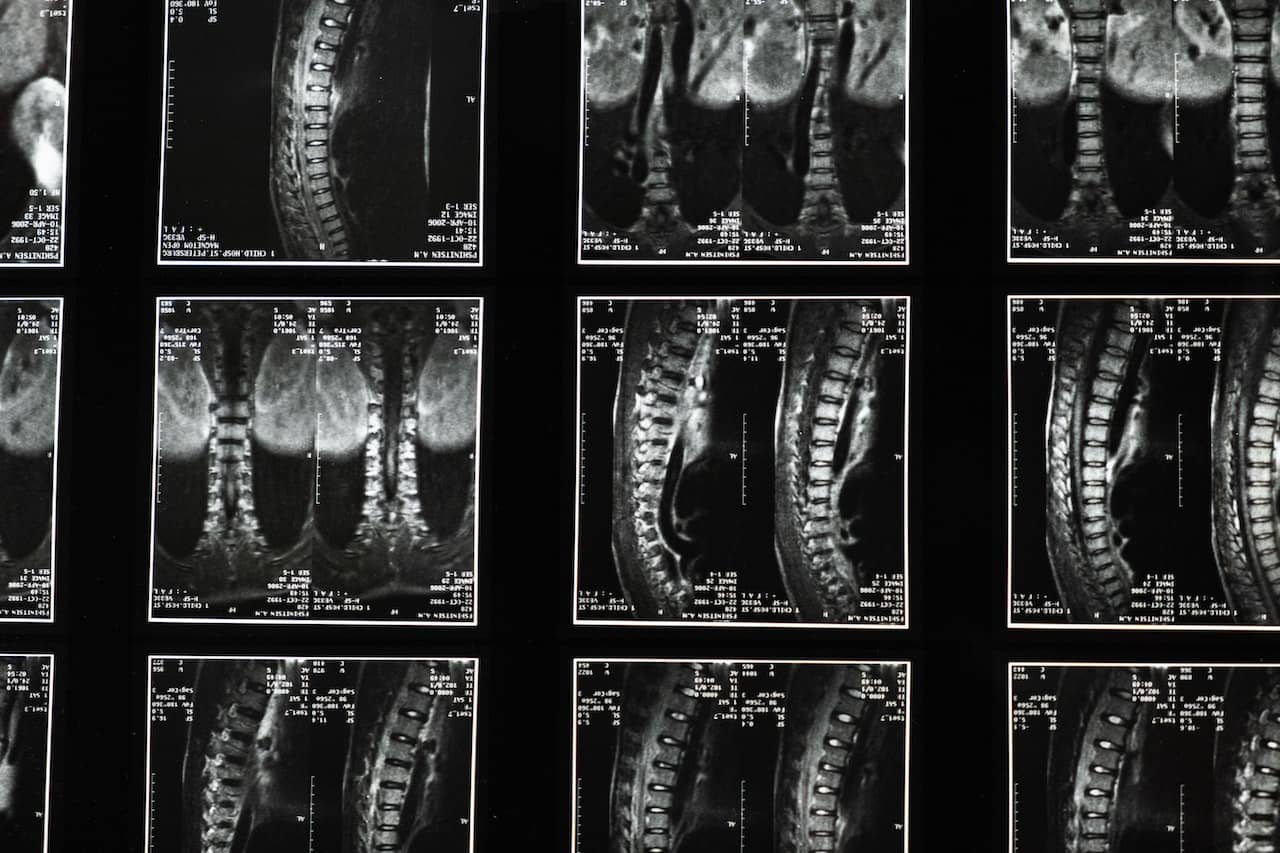In a world where advancements in medical technology redefine our approach to healthcare, the early detection of spinal cord injuries stands out as a testament to the synergy between human expertise and cutting-edge innovations. This article explores the landscape of technology that plays a pivotal role in identifying spinal cord injuries at their nascent stages, emphasising the crucial need for timely intervention.
The Current Landscape
Understanding the gravity of spinal cord injuries is essential before delving into the technological marvels that aid in their early detection. These injuries, often life-altering, necessitate a comprehensive approach to diagnosis and treatment to mitigate long-term consequences.
Speak to An Expert About Your Claim
Understanding Spinal Cord Injuries
The spinal cord, a delicate bundle of nerves protected by the vertebrae, can sustain injuries due to trauma, accidents, or diseases. The severity of these injuries varies, making early detection paramount for minimising damage and optimising recovery.
Technological Marvels
Exploring the forefront of technology in spinal cord injury detection reveals a combination of advanced imaging techniques and diagnostic tools.
Magnetic Resonance Imaging (MRI)
At the forefront is Magnetic Resonance Imaging (MRI), a non-invasive imaging technique offering detailed pictures of the spinal cord and its surroundings. In the United Kingdom, where medical excellence is a priority, MRI has become a cornerstone in diagnosing spinal cord injuries.
Computed Tomography (CT) Scans
Complementing MRI, Computed Tomography (CT) scans provide detailed images of bone structures. The dual approach of MRI and CT scans enhances diagnostic accuracy, allowing clinicians in the UK to comprehensively assess the extent of spinal cord injuries.
Receive a Call About Your Claim
Electromyography (EMG)
Moving beyond imaging, Electromyography (EMG) evaluates muscle and nerve health by measuring electrical activity. In the UK, EMG plays a pivotal role in early detection by identifying anomalies indicative of impending spinal cord injuries.
Diagnostic Tools
While advanced imaging technologies are crucial, the human touch remains irreplaceable in healthcare.
Neurological Examinations
Skilled clinicians in the UK conduct neurological examinations, assessing motor and sensory functions. These hands-on examinations, when coupled with technology, form a robust strategy for early detection.
Evoked Potentials
Measuring electrical activity in response to stimuli, evoked potentials aid in identifying deviations along the spinal cord. These potentials signal potential issues before they escalate, contributing to early detection.
The Future Landscape
As technology continues to advance, the future promises even more innovative developments in the early detection of spinal cord injuries.
Artificial Intelligence (AI)
Artificial Intelligence (AI) is set to revolutionise medical diagnostics, enhancing the ability to identify subtle signs of spinal cord injuries. In the UK, AI algorithms trained on extensive datasets expedite the diagnostic process.
Wearable Technology
The integration of wearable technology into healthcare, monitoring physiological parameters in real-time, holds promise in detecting early signs of spinal cord trauma. In the UK, these devices may prompt timely medical intervention.
Making a Serious Injury Claim with National Claims
As the forefront of technology in early detection of spinal cord injuries evolves, National Claims in the UK stands ready to assist individuals seeking compensation for such serious injuries. With a commitment to providing comprehensive support, We navigate the legal landscape, ensuring that those affected receive the compensation they deserve. We are here for you in every step of the claims process.

Conclusion
In the United Kingdom, the fusion of human expertise and technological innovation in the early detection of spinal cord injuries epitomises the commitment to providing the best possible care. From MRI and CT scans to EMG and the evolving landscape of AI and wearable technology, the toolkit for diagnosing spinal cord injuries is expanding. This expansion offers hope for improved patient outcomes, emphasising the collaborative synergy between technology and the compassionate touch of healthcare professionals. As we witness the intersection of science and empathy, the role of technology in the early detection of spinal cord injuries emerges as a beacon of progress, shaping a healthier and more resilient society.
Get started on your claim with the help of one of our claims specialists by contacting us today.
Click below to see why we are one of the most trusted claims management companies in the UK.

We’re proud of our excellent customer reviews
We thrive on delivering exceptional service and ensuring our clients’ satisfaction. Don’t just take our word for it. Check out some of our independent reviews to see what our clients have to say.
Excellent

This firm is excellent, they sorted out my car pay out and injury claim very fast, they always communicate with you all the time.

My accident case was dealt with confidence and with great result of the outcome, especially James kept me informed all the time.

I was very impressed at the way my inquiry was treated. I was listened to attentively and everything I needed to know was explained to me.






